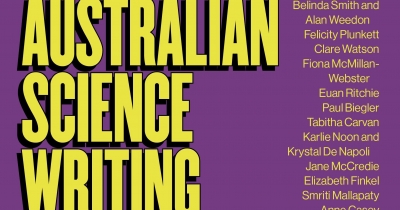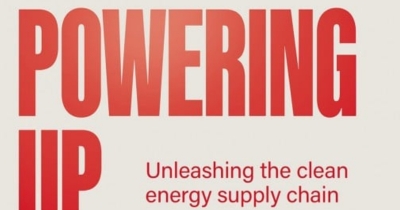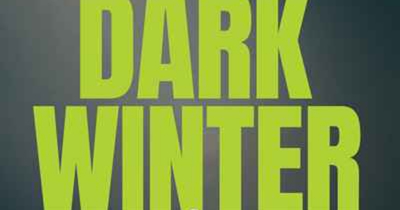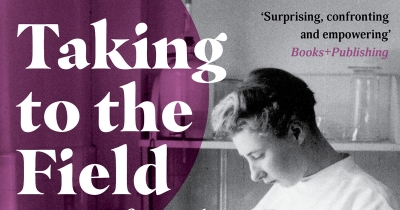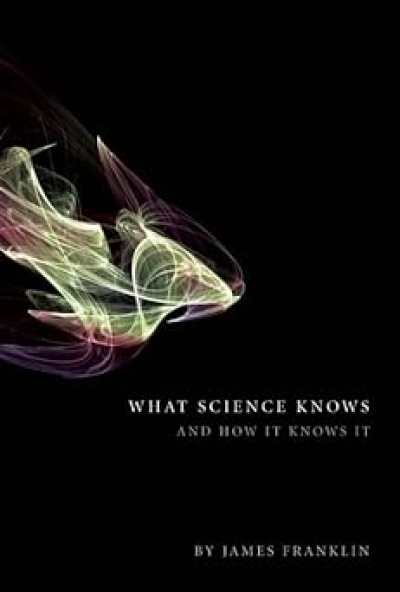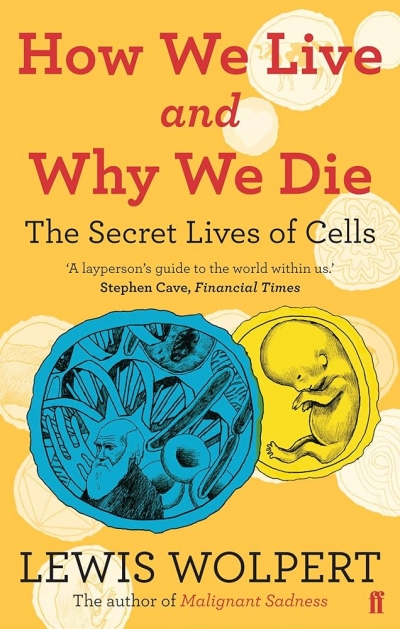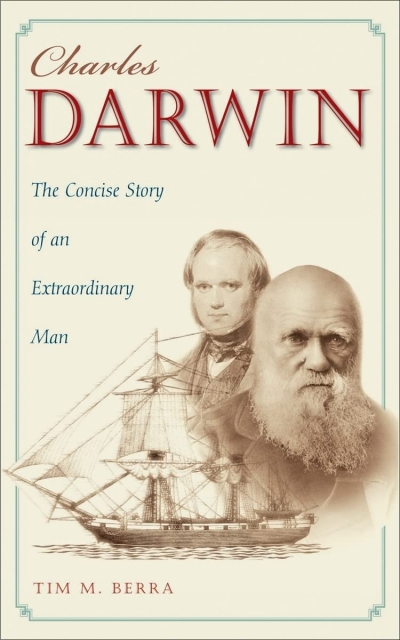Accessibility Tools
- Content scaling 100%
- Font size 100%
- Line height 100%
- Letter spacing 100%
Science
The ABR Podcast
Released every Thursday, the ABR podcast features our finest reviews, poetry, fiction, interviews, and commentary.
Subscribe via iTunes, Stitcher, Google, or Spotify, or search for ‘The ABR Podcast’ on your favourite podcast app.
‘Where is Nancy?’ Paradoxes in the pursuit of freedom
by Marilyn Lake
This week on The ABR Podcast, Marilyn Lake reviews The Art of Power: My story as America’s first woman Speaker of the House by Nancy Pelosi. The Art of Power, explains Lake, tells how Pelosi, ‘a mother of five and a housewife from California’, became the first woman Speaker of the United States House of Representatives. Marilyn Lake is a Professorial Fellow at the University of Melbourne. Listen to Marilyn Lake’s ‘Where is Nancy?’ Paradoxes in the pursuit of freedom’, published in the November issue of ABR.
Recent episodes:
The Best Australian Science Writing 2023 edited by Donna Lu
Powering Up: Unleashing the clean energy supply chain by Alan Finkel
An Intimate History of Evolution: The story of the Huxley family by Alison Bashford
Dark Winter: An insider’s guide to pandemics and biosecurity by Raina MacIntyre
Science, Secrecy and the Smithsonian: The strange history of the Pacific Ocean biological survey by Ed Regis
Taking to the Field: A history of Australian women in science by Jane Carey
How We Live and Why We Die: The secret lives of cells by Lewis Wolpert
This year sees the bicentenary of Darwin’s birth and the one hundred and fiftieth anniversary of the publication of his On the Origin of Species. It also sees the two hundred and fiftieth anniversary of the birth of Robert Burns (1759–96). The media have been full of the Darwin anniversaries, but we have heard rather less about Burns, at least in Australia. Yet Burns is arguably as important as Darwin in our cultural formation.
... (read more)

